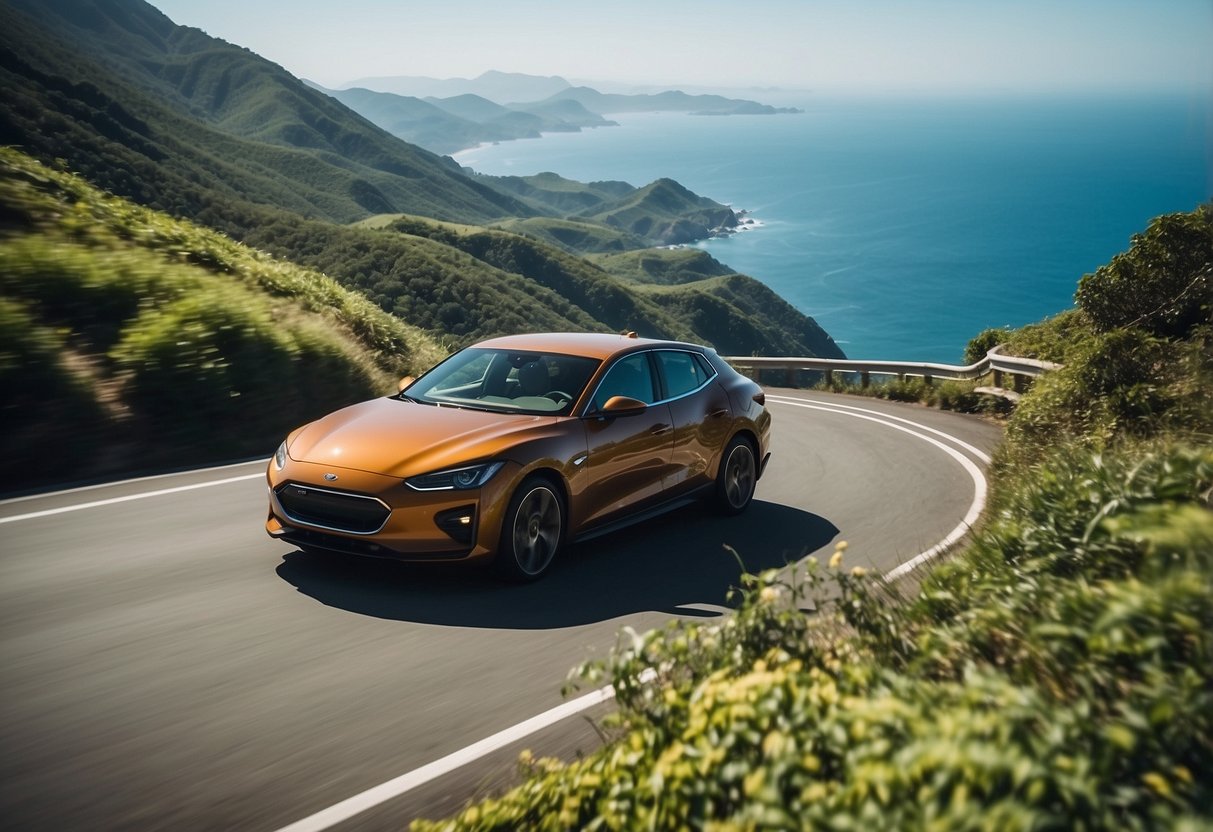Understanding the Differences Between CCS and CHAdeMO
Electric vehicle (EV) charging standards are crucial for the development of the EV market. This article delves into the key differences between CCS (Combined Charging System) and CHAdeMO, two prominent fast-charging standards, highlighting their unique features, usability, and compatibility.

Understanding the Differences Between CCS and CHAdeMO
Electric vehicles (EVs) are becoming increasingly popular as the world shifts towards more sustainable transportation solutions. As this trend continues, the importance of quick and efficient charging systems cannot be understated. Two of the most significant charging standards in the market today are the Combined Charging System (CCS) and CHAdeMO. This article aims to dissect the differences between CCS and CHAdeMO, answering specific questions regarding their functionalities, advantages, and limitations.
1. What Are CCS and CHAdeMO?
Before diving into the differences, it’s essential to clarify what CCS and CHAdeMO stand for. CCS is a fast-charging standard developed by the European Automotive Industry and is widely adopted in the US and Europe. It combines AC charging (Type 1 or Type 2 connectors) with a DC fast charging capability, allowing for faster charging times. CHAdeMO, on the other hand, is a DC fast charging standard developed in Japan. It was first launched by the Tokyo Electric Power Company in 2010 and has gained traction, particularly among Japanese car manufacturers.
2. Charging Speed
One of the most significant differences between CCS and CHAdeMO lies in their charging speeds. CCS typically offers a higher maximum charging capability, often reaching up to 350 kW in some chargers. In contrast, the CHAdeMO standard generally supports charging rates up to 150 kW, with advancements recently allowing up to 400 kW in revised versions. Thus, CCS may have the upper hand in terms of potential charging speed, making it preferable for longer trips where reduced charging time is crucial.
3. Connector Design
The physical design of the connectors is another point of differentiation. The CCS connector is more robust and has a larger footprint compared to CHAdeMO’s connector. CCS uses a two-part connector that facilitates both AC and DC charging. This dual functionality is advantageous as it allows for more versatility depending on the available charging infrastructure. Conversely, the CHAdeMO connector is simpler, focusing solely on DC charging, which might make it easier to use in specific scenarios.
4. Geographic Adoption and Compatibility
Geographic adoption of these two standards shows significant differences. CCS has become the dominant standard in Europe and North America, with numerous charging stations supporting this format. In contrast, CHAdeMO is largely prevalent in Japan and has partnerships with a few international manufacturers. While many EV models are compatible with both charging standards, not all EVs support CHAdeMO, particularly in regions where CCS is the preferred system.
5. Communication Protocols
The communication protocols between the vehicle and charging station also diverge. CCS uses the ISO 15118 standard for communication, involving smart charging capabilities, which enables features like Plug and Charge, where users can charge their vehicles without needing to authenticate each session. On the contrary, CHAdeMO employs a different communication method that, while effective, may not support the same level of connectivity and smart charging features that CCS offers. This difference can impact how effectively charging stations communicate with vehicles, influencing the overall user experience.
6. Cost Considerations
From a cost perspective, the installation and availability of charging stations can vary between CCS and CHAdeMO. Generally, CCS stations are easier to install due to their modularity and support for both AC and DC charging, which can lower the overall infrastructure costs for operators. Conversely, CHAdeMO stations may require dedicated setups, potentially resulting in higher installation costs. As a result, communities focusing on expanding EV infrastructure may find CCS to be a more economically viable option.
7. Future Trends and Technological Advancements
As the electric vehicle market continues to evolve, both CCS and CHAdeMO are expected to undergo further advancements. CCS is ever-evolving, with continuous upgrades in charging speeds and functionalities. The introduction of the next generation of CCS—CCS2—replaces outdated models and improves the overall efficiency of fast charging. CHAdeMO, while maintaining its stronghold in the Japanese market, is also making strides to enhance its tech, including developments in V2G (Vehicle to Grid) technology, enabling two-way charging capabilities.
8. Conclusion: Choosing Between CCS and CHAdeMO
Deciding between CCS and CHAdeMO may ultimately depend on geographic location, the type of EV owned, and personal preferences regarding charging speed and availability. As both systems continue to evolve, it’s crucial for EV owners and automotive manufacturers to stay informed about the latest advancements in charging technology. Understanding these differences can better equip consumers in making informed decisions regarding their electric vehicle and charging points.
New posts

Maximizing Your Savings: A Complete Guide to Rebates for Home EV Chargers
Home Improvement

How Often Do You Have to Charge an Electric Car? A Comprehensive Guide
Sustainability

The Role of EV Charging in Urban Planning: A Sustainable Future
Sustainability

The Future of EV Charging Stations and Smart Grid Integration: Transforming Energy Management
Sustainability

EV Charging in the Smart City Era: Revolutionizing Urban Mobility
Sustainability

How Cities Are Adapting to Electric Vehicle Charging: Innovations and Strategies
Sustainability

Challenges in Urban EV Charging Infrastructure: A Deep Dive
Smart Cities

How EV Charging Supports Renewable Energy Integration
Electric Vehicles

Comparing Wired and Wireless EV Charging Systems: A Comprehensive Analysis
Automotive

The Impact of EV Charging on Local Power Grids: Understanding the Challenges and Opportunities
Electric Vehicles
Popular posts

Exploring the Latest EV Charging Station Design Trends
Technology Trends

Insights from the Frontline: Interviews with EV Charging Industry Experts
Interviews

Emerging Trends in Electric Vehicle Charging Standards: What to Watch for in 2024
Sustainability

The Future is Bright: EV Charging and Home Solar Panel Integration Explained
Home Improvement

EV Charging Innovations from Around the World: Transforming the Future of Electric Mobility
Innovation

Understanding the Difference Between AC and DC Chargers: Key Insights
Energy Efficiency

Future of EV Charging: Expert Predictions for 2025 and Beyond
Electric Vehicles

Breakthroughs in Wireless EV Charging: The Future of Electric Mobility
Innovation

Top Trends in EV Charging for 2025: What You Need to Know
Sustainability

Global EV Charging Infrastructure Developments: A Comprehensive Overview
Sustainability